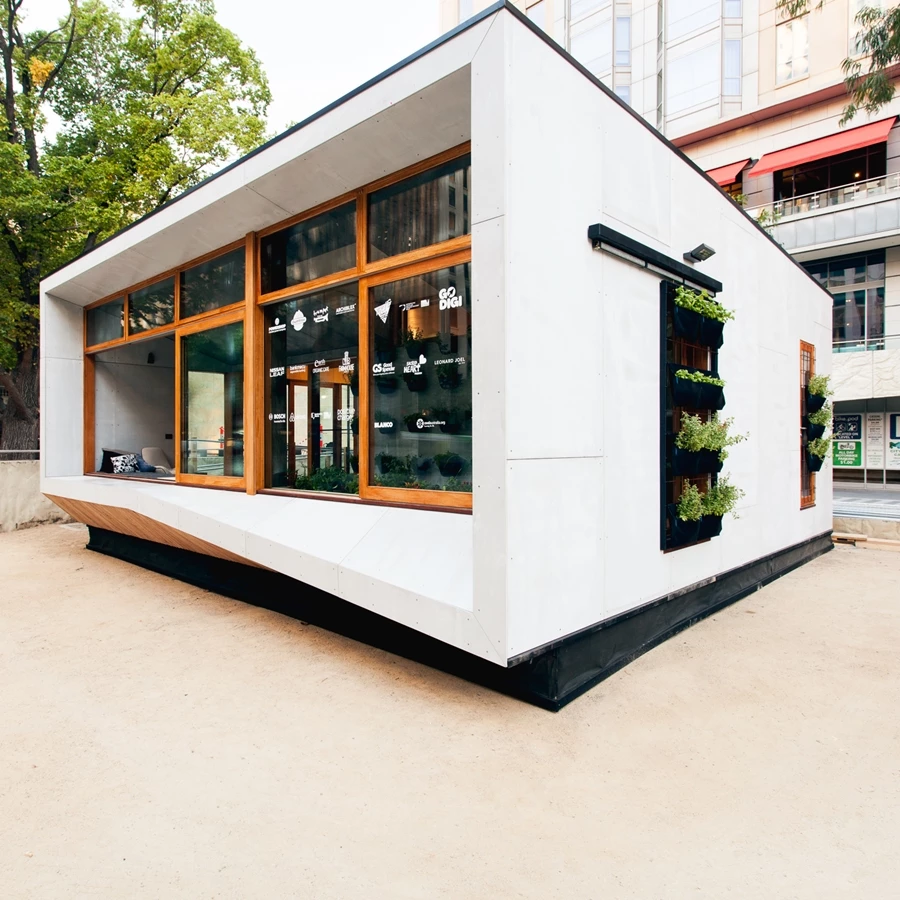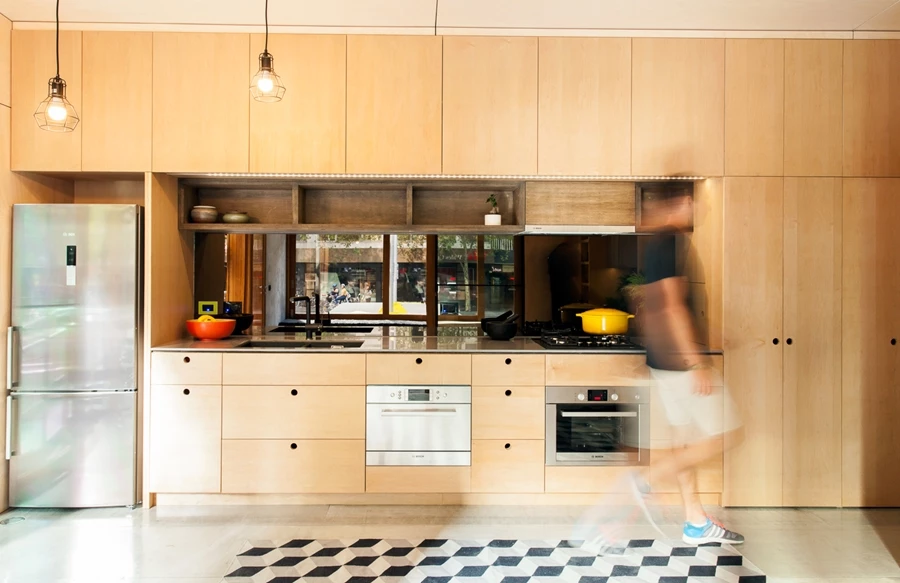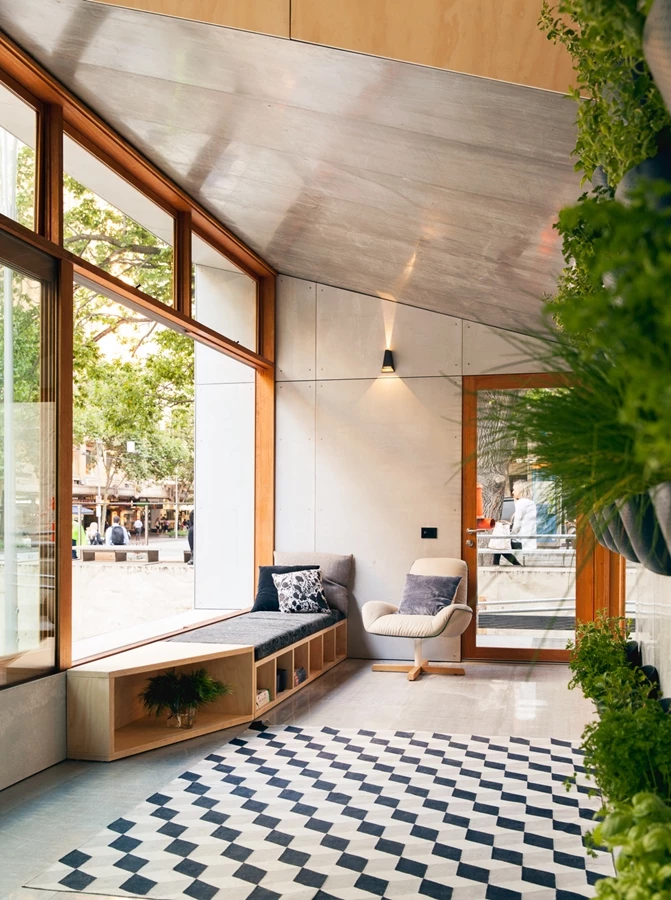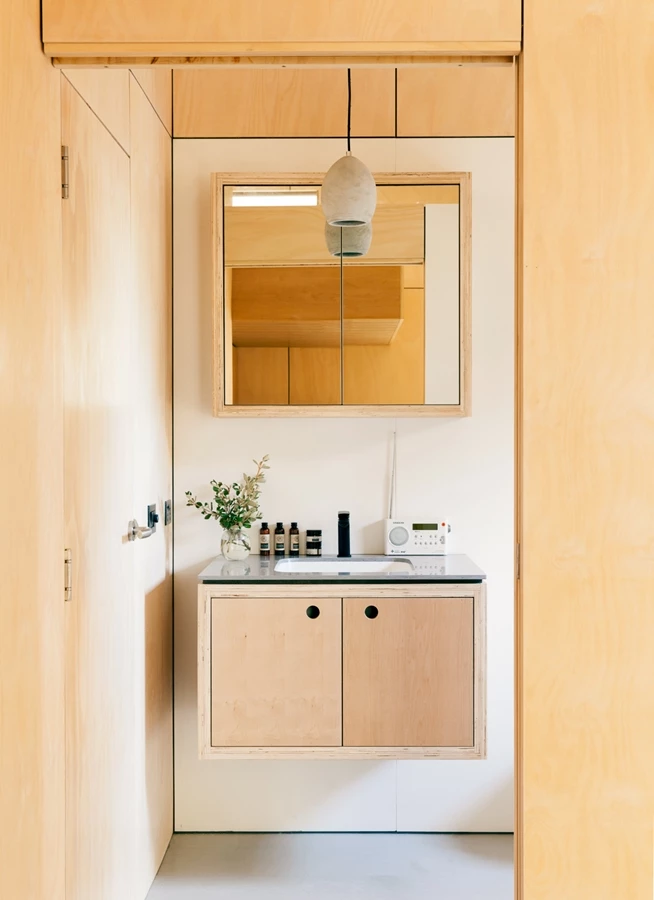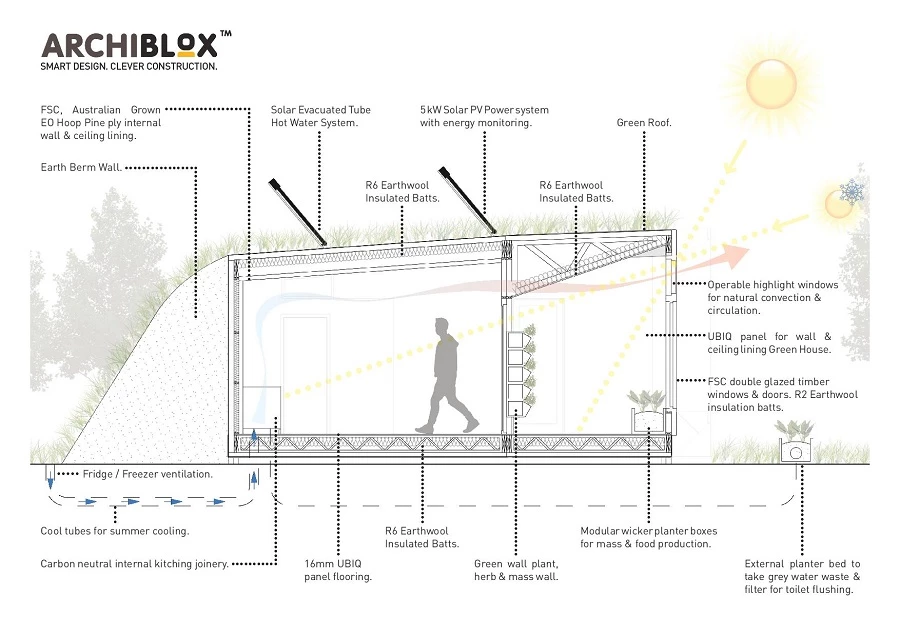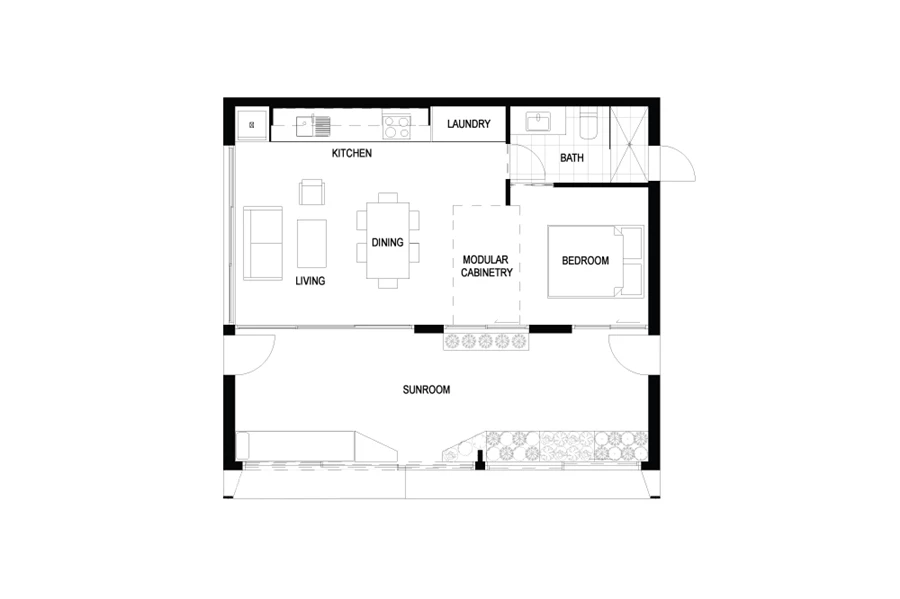Prefab houses can be quick and affordable to build. Now, a prefab house from Australian architects Archiblox promises the additional benefit of generating more energy than it uses. The Archi+ Carbon Positive House has a variety of sustainability features, including a green roof and a solar array.
Archiblox says the house is the "world's first carbon positive prefabricated house," by which it means the first prefab house to be energy positive. It has to be said that Gizmag has covered other houses whose designers might dispute that claim, such as the Odooproject and more recently, the P.A.T.H. range. Nonetheless, the sustainability credentials of the Archi+ appear to have been considered down to the last detail.
To begin with, the Archi+ makes use of passive design – features that work with the surrounding environment to the benefit of the house. Shades on the outside of the house, for example, are used to help keep it cool during the summer, but can be retracted in winter to help with heating. Floor-to-ceiling sliding glass doors, meanwhile, maximize sun penetration during winter and can be opened during the summer.
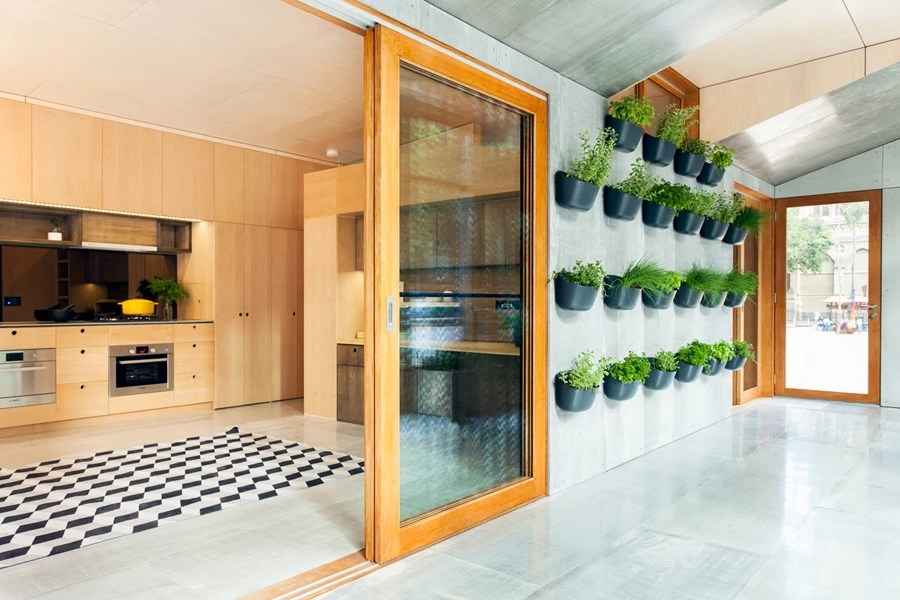
The house uses a "buffer zone" to help moderate its temperature. The northernmost section of the structure is separated via an interior wall and has a depth that is enough to keep the hot temperatures from the high angle of the summer sun contained from the rest of the house. The lower angle of the winter sun, meanwhile, allows it to reach through to the main body of the house.
The Archi+ has a small footprint of 53 sq m (570 sq ft) into which it squeezes a bedroom, bathroom, living area, kitchen, dining area, laundry nook, modular cabinetry and a sun-room. Its small size minimizes the amount of electricity and heating energy required.
Cross-flow ventilation uses the prevailing breezes from the south to bring fresh air into the house through underground piping before expelling old air from high north-facing windows. The windows themselves are double-glazed, thermally broken and have draft-proof seals, all of which helps to minimize heat loss.
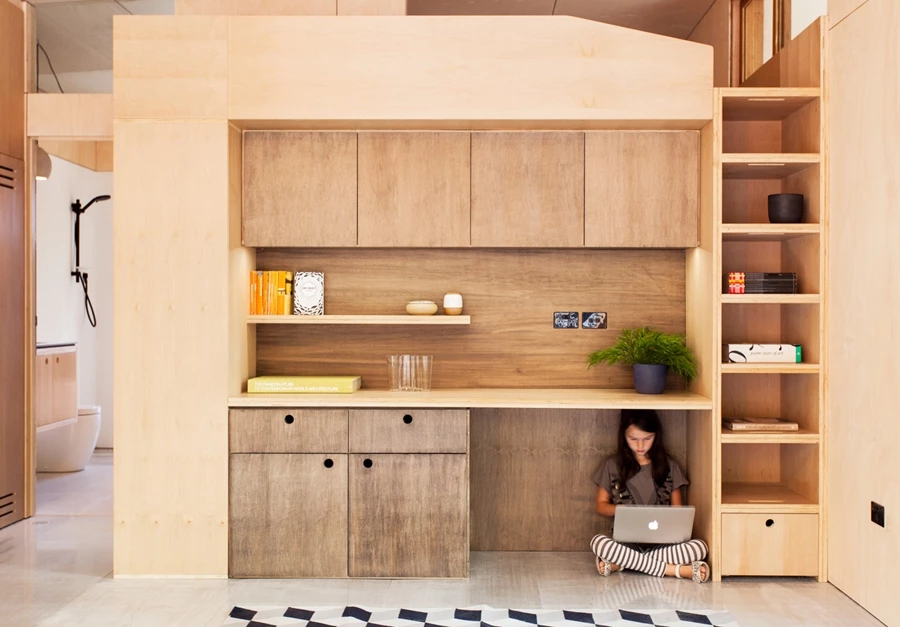
Archiblox can't provide Gizmag with air tightness figures, but does say that the house is designed to be be as airtight as possible. Likewise, there is no information available as to exactly how much energy the houses uses, other than to say that it's a fraction of the 15-21 kWh that the 5 KW roof-mounted solar panels produce each day. Any surplus energy generated is fed back into the grid.
Amongst the other green features of the house are the sustainably-sourced materials from which it is built and the finishes (such as glue and paint) that are free of formaldehyde and volatile organic compounds. The green roof helps to insulate the house, and an internal vegetable garden is watered with recycled grey water.
The Archi+ was recently installed for display in Melbourne's City Square and costs from AU$260,000 (US$205,000).
Source: Archiblox


